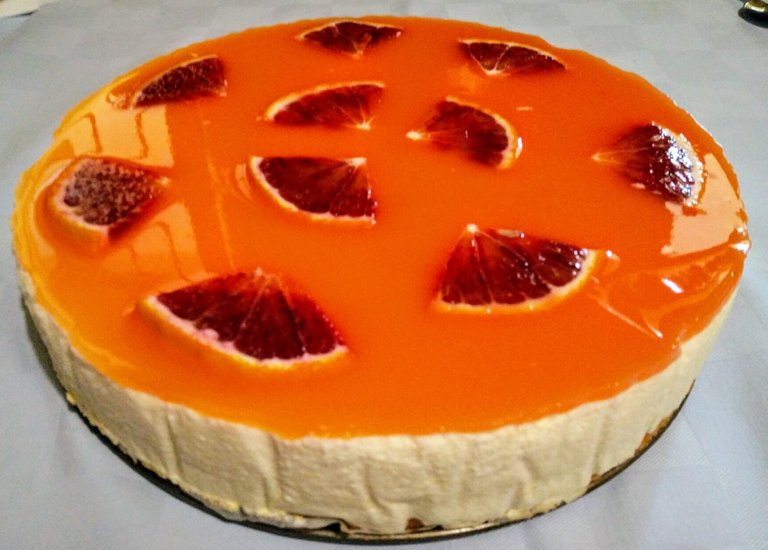If we are in Britain or the United States, when we feel like having something sweet, one of the most common choices is an excellent cheesecake. And in the last years this dessert is spreading all over the world.
But do the cheesecake origins really belong to the Anglo-Saxon world? Not everyone knows that the illustrious ancestors of this cake date back to Greece and Olympic world.

Cheesecake: the reward for the Olympic athletes efforts
The first cheese cake we remember was served to athletes during the Olympic Games. But we are not talking about the modern Olympics in Atlanta or London, but the ancient ones that took place in Greece. In fact, in the eighth century BC, according to what Callimachus tells us, there was a man, Egimio, who wrote a text entirely dedicated to the art of making cheese pies.
The Greeks' passion for cheesecake is also confirmed by the historians who tell us that, in 776 BC, on the island of Delos, athletes were fed with a cake made from sheep's cheese and honey. Also in ancient Rome there are news of a cake made with two discs of pasta and cheese in the middle, at least according to the recipe told by Cato the Censor in his “De Agri Cultura”.
From the ancient Greece to the world
It is not that clear how the tradition of cheese cakes reaches the modern age from the ancient one. However, the cheese cakes were so widespread and loved that it should not surprise us when we find variations of this delicious dessert in every continent.
The most famous nowadays version with the crunchy bottom and the cream cheese, is the result of the creativity and probably the mistake made by an American dairy producer, James L. Kraft. In 1872, he wanted to reproduce the famous French cheese Neufchatel. The experiment itself failed, but in the attempt, he realized a tasty alternative: the creamy cheese registered as Philadelphia, which is the main ingredient of the new cheesecake version. That’s why the current known version is attributed to Anglo-Saxons.
Cheesecake variants
New York cheesecake
The "original" recipe of the current cheesecake version provides a base of crumbled biscuits and butter, a cream composed by cheese, sugar and cream and a cover made with fruits. However, there are some variants, such as the New York cheesecake which involves using cheese, cream, milk, sugar and eggs to prepare the filling. Then the dessert is cooked in the oven and served cold with some toppings.

Asia, Africa, Europe and Latin America: everyone has his own cheesecake
There are many variants of cheesecake all over the world.
For example, in Ireland many people like to add Baileys to the creamy mixture, while in New Zealand they strictly use afghan cookies for the base, a type of typical biscuits.
In Asia, cheesecake is made with the addition of matcha tea, milk and mango powder: the result is a cake that is less sweet than the one we are used to and slightly spongy. In Mongolia they usually add ginger!
In Latin America it is prepared with jam, in Somalia the base and the cream with cheese are mixed. Icelanders use skyr, a typical cheese made from sour milk, the Finns never give up the red fruits, while for the Swedes the cheesecake is strictly cooked.
The "cheese cake" is also part of the culinary tradition of Poland. In fact, sernik is one of the most popular desserts and is prepared with twarog cheese with the addition of sultanas.
Even France, the cheese country, could not miss a traditional cheese cake recipe. In fact, they go crazy for the tarte au fromage blanc, a cake based on this particular type of cheese that can look like a yogurt, but it is actually rennet.
Most interesting history of cheese cake @foodart, did not know it went that far back! So glad I stumbled on your profile, love your posts and also love food blogging :):)
Thank you very much! In addition to recipes, I'm trying to post the most interesting food stories I'm able to find!
Nice to know, I thought cheesecake wasn't invented so long ago!
@OriginalWorks
@Steem-untalented
This post has received a 0.58 % upvote from @boomerang thanks to: @foodart
This post has received a 2.88 % upvote from @aksdwi thanks to: @foodart.
This post has received a 0.69 % upvote from @booster thanks to: @foodart.
I had no idea about this! Thanks for sharing. :-)